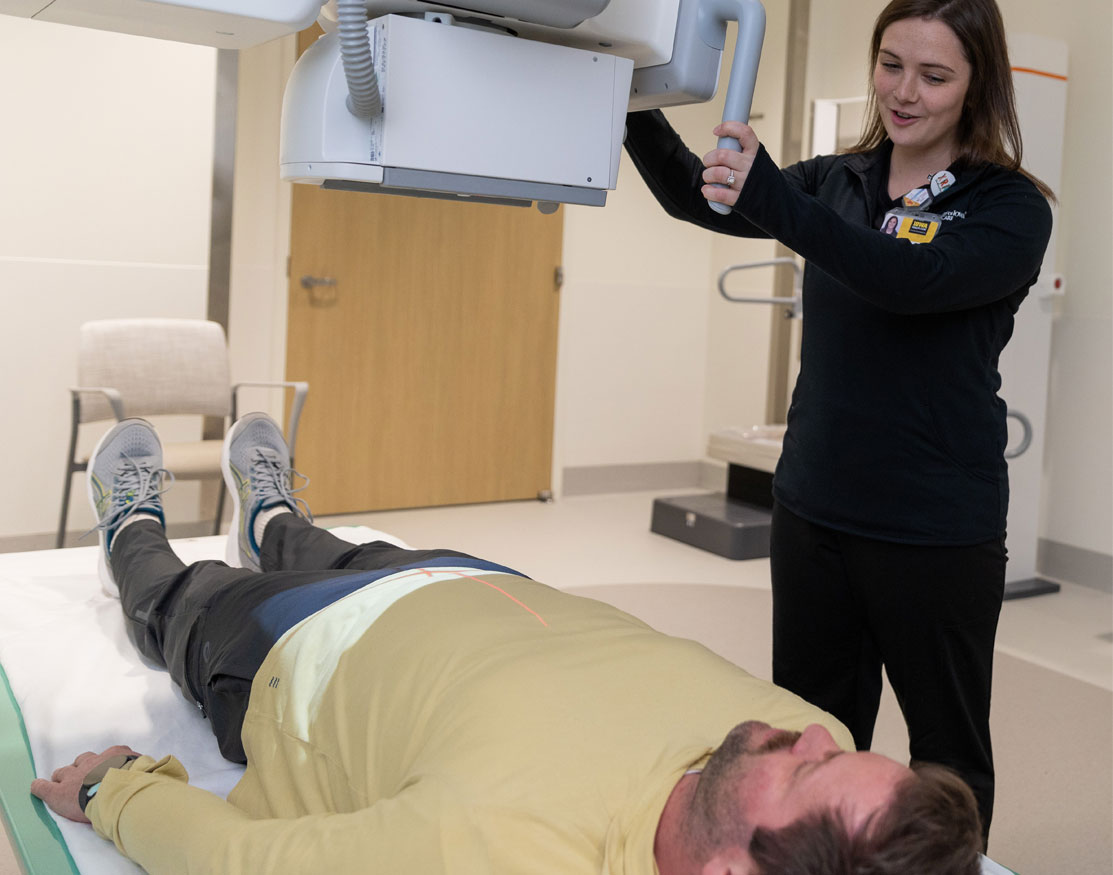Radiation Sciences and Nuclear Medicine professionals use a variety of radiation sources to gather information for the patient’s healthcare team for diagnosis, treatment, and research of disease and injury.
94 %
Program Completion Rate


100 %
Job Placement Rate
11:1
Student-to-Educator Ratio


9
Professional Programs
